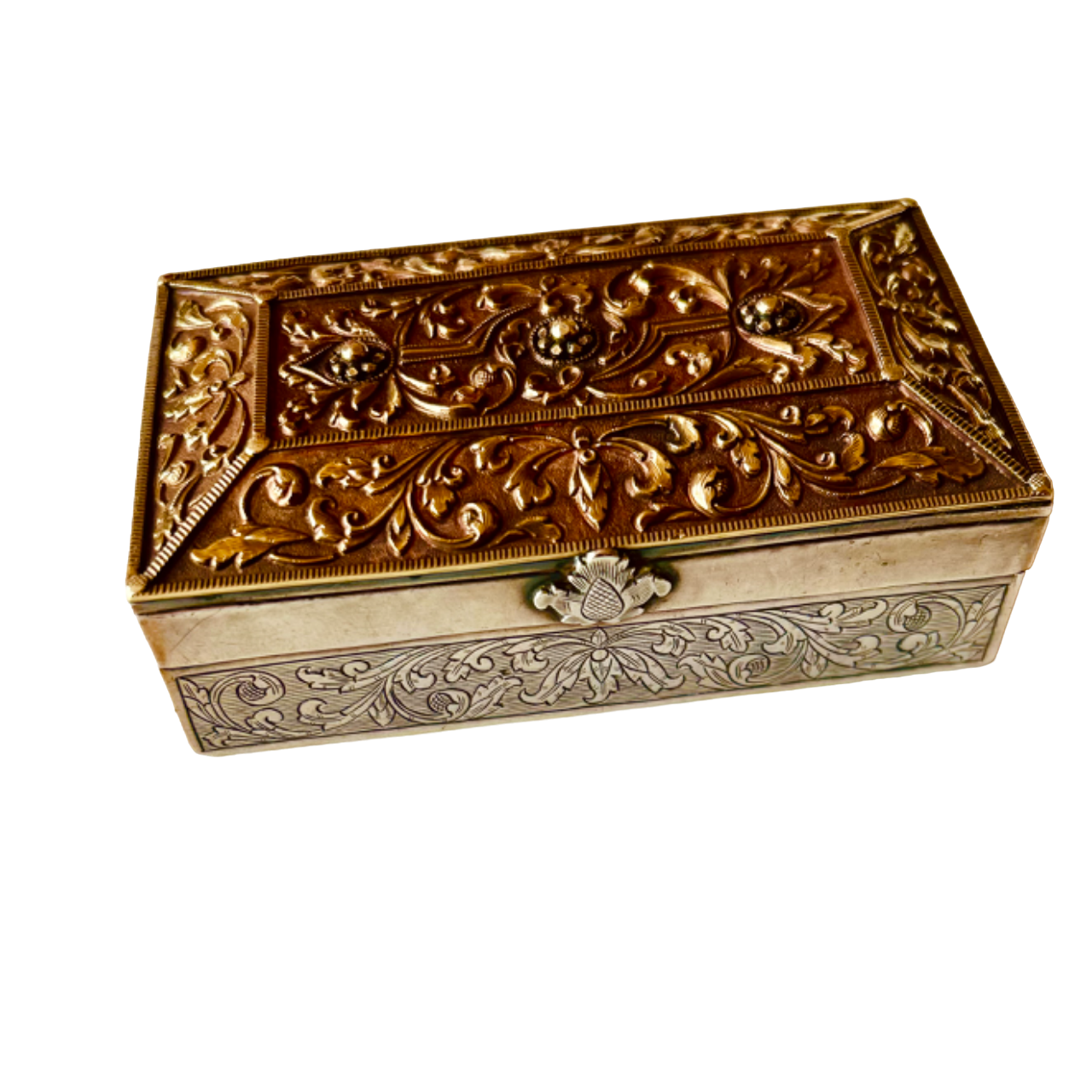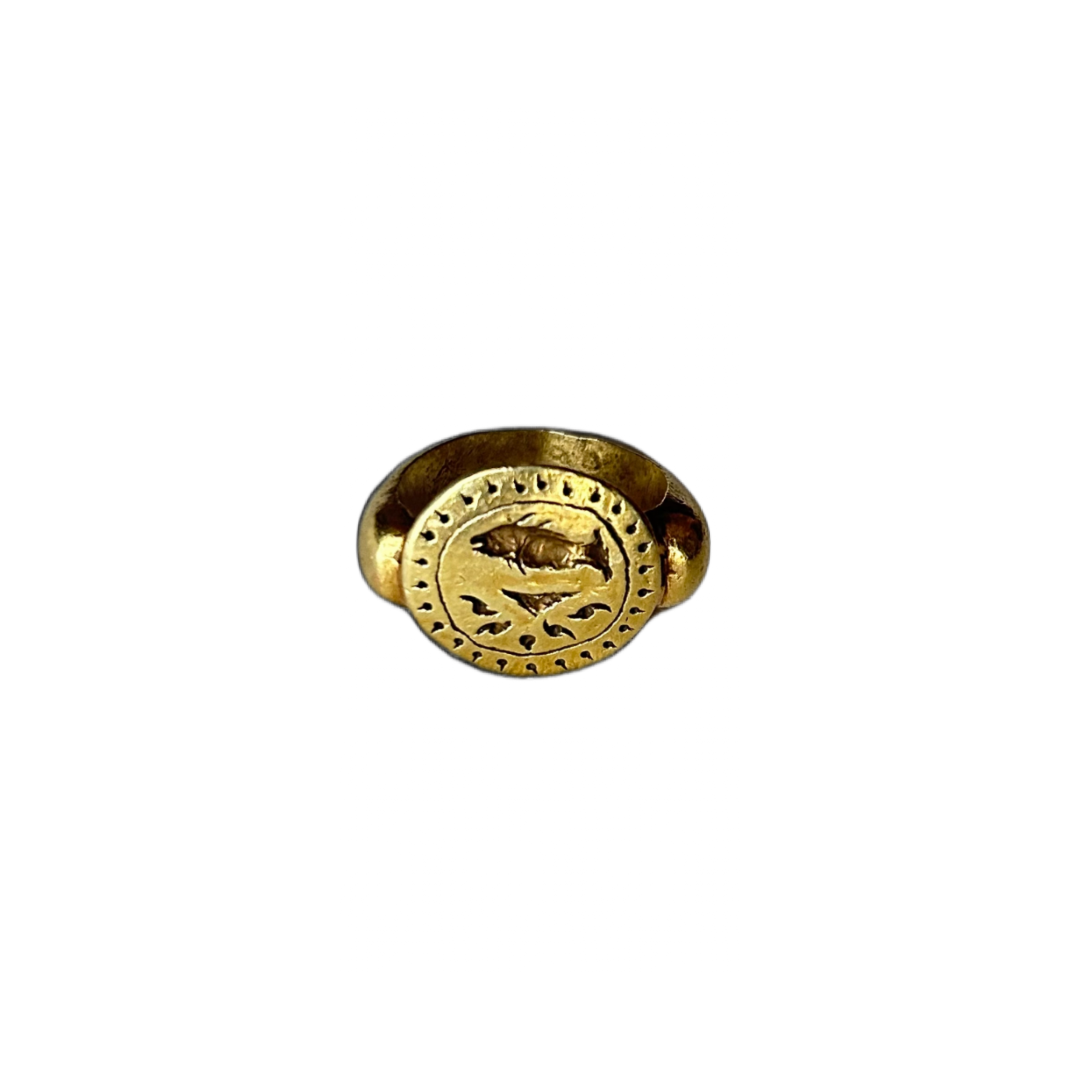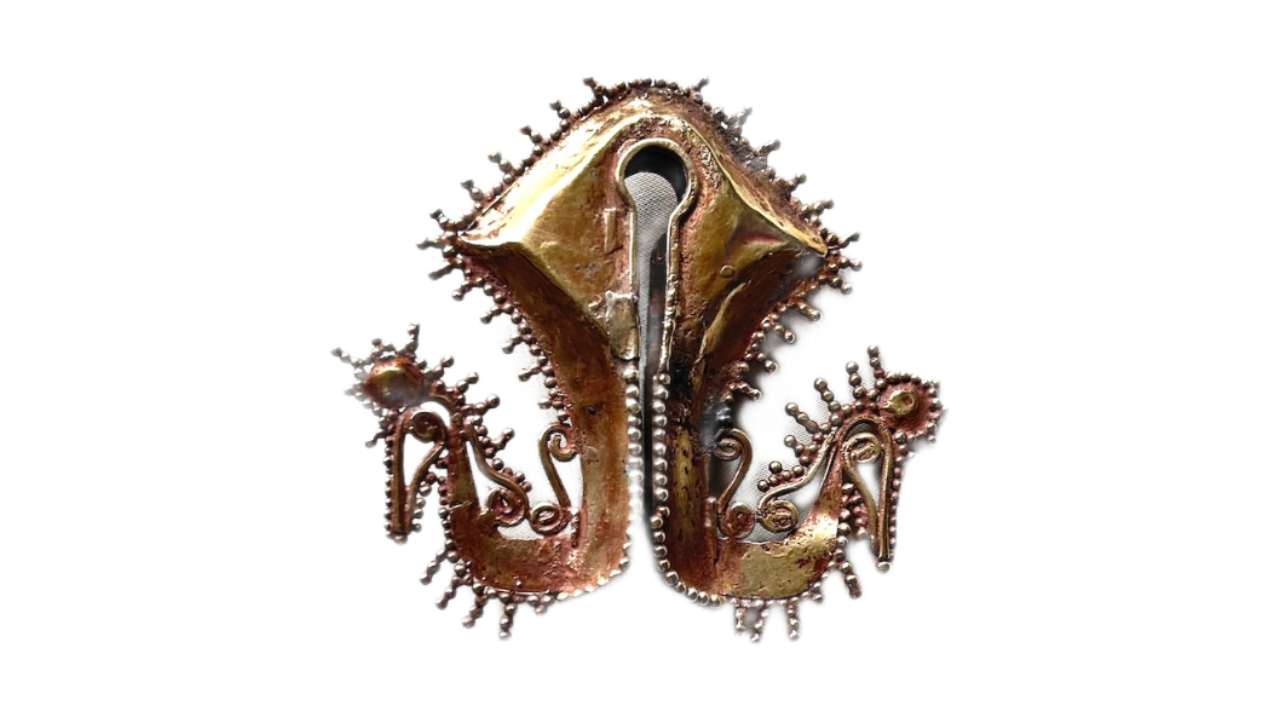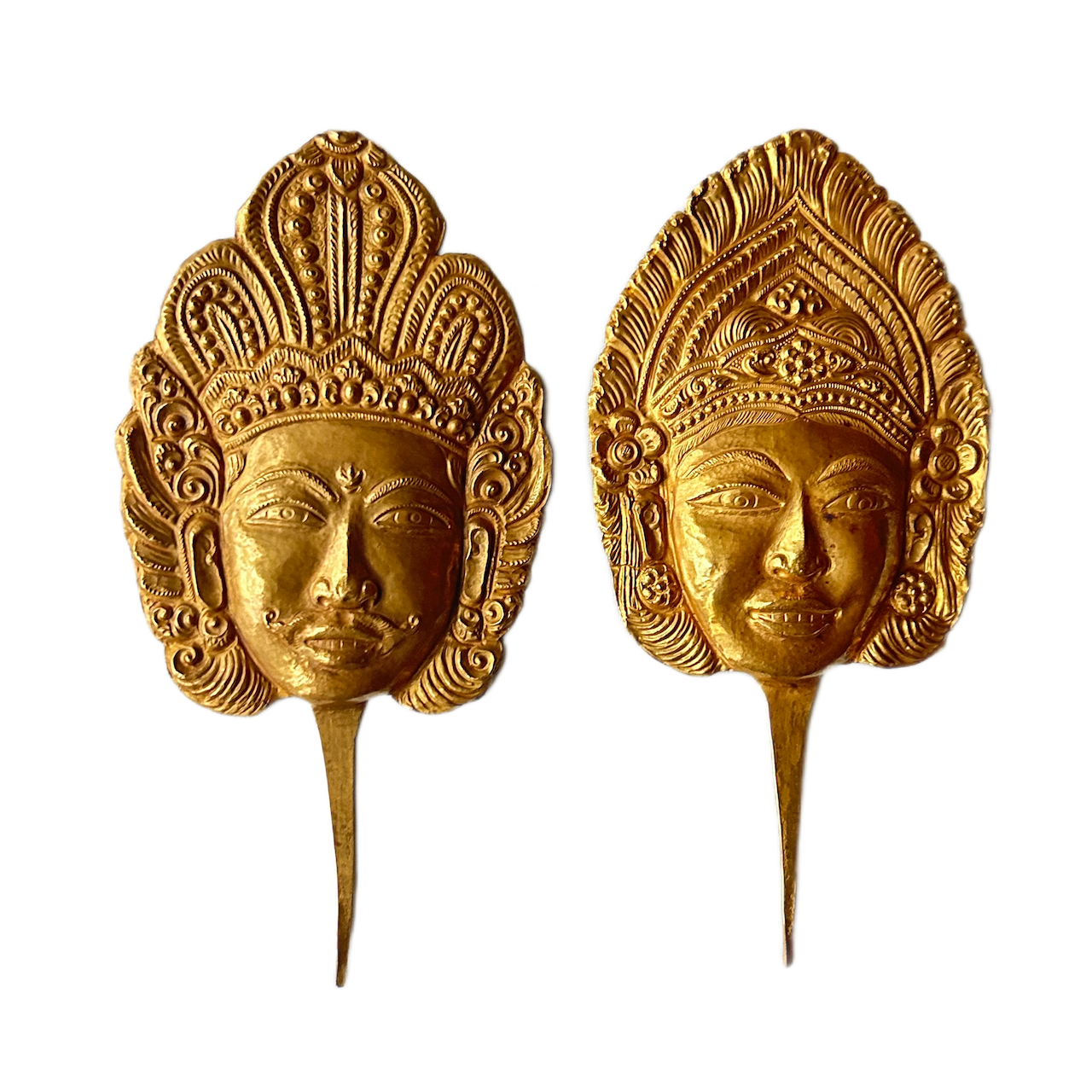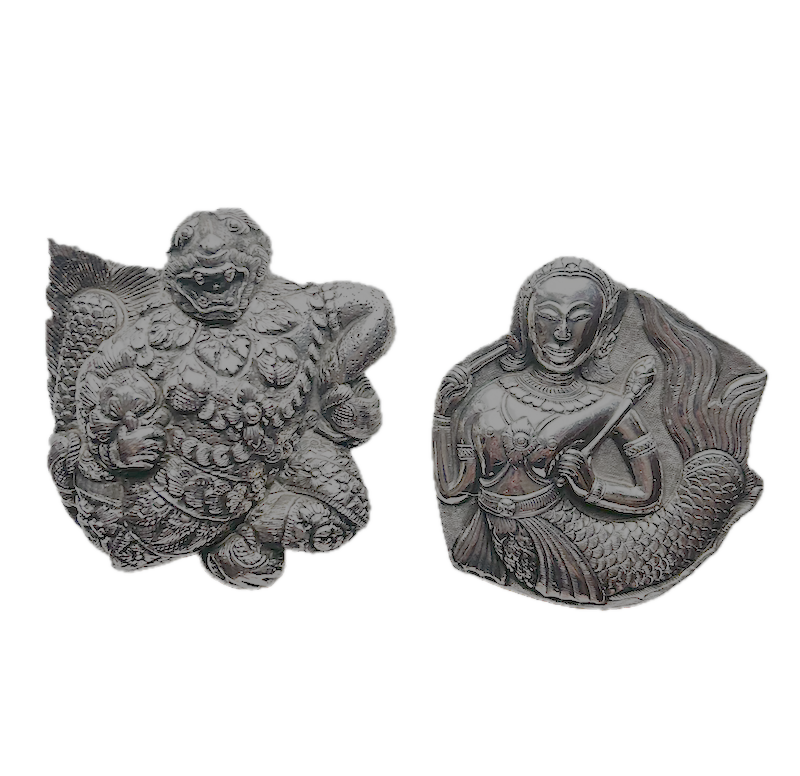Chinese blue and white ceramics

Shipping: $ (Price on request. Free shipping)
Chinese blue and white ceramics. Wanli period (1573-1619) Ming dynasty
These blue and white export wares of the Ming dynasty (1368-1644) came from the imperial kilns of Jingdezhen, sometimes called the porcelain capital of the world. In the early 13th century, China's translucent blue and white wares were created and inspired by ceramics in existence in Islam Western Asia. Kaolin, a white malleable clay from Jiangxi mountains where it was excavated combined with Petuntse, little molded white bricks feldspar are the essential materials used for the porcelain body. Once fired, the porcelain body is decorated with refined blue pigment, cobalt oxide mixed with water and applied using a brush. The decorated porcelain body is then coated with a clear glaze and fired at high temperature. The export of cobalt from Persia made it possible for the production of these wares. Cobalt was a valuable commodity and it cost twice the prize of gold. It can withstand the highest temperatures required for underglaze porcelain unlike other colors required overglaze decoration and then a second firing at a lower temperature.
The motifs on the porcelain other than the oriental ones also draw inspiration from Islamic decorations such as the Arabesque scrolls. Muslim traders based in Guangzhou shipped a large amount of blue and white wares to other parts of Asia.
Note: These ceramics are in perfect condition.
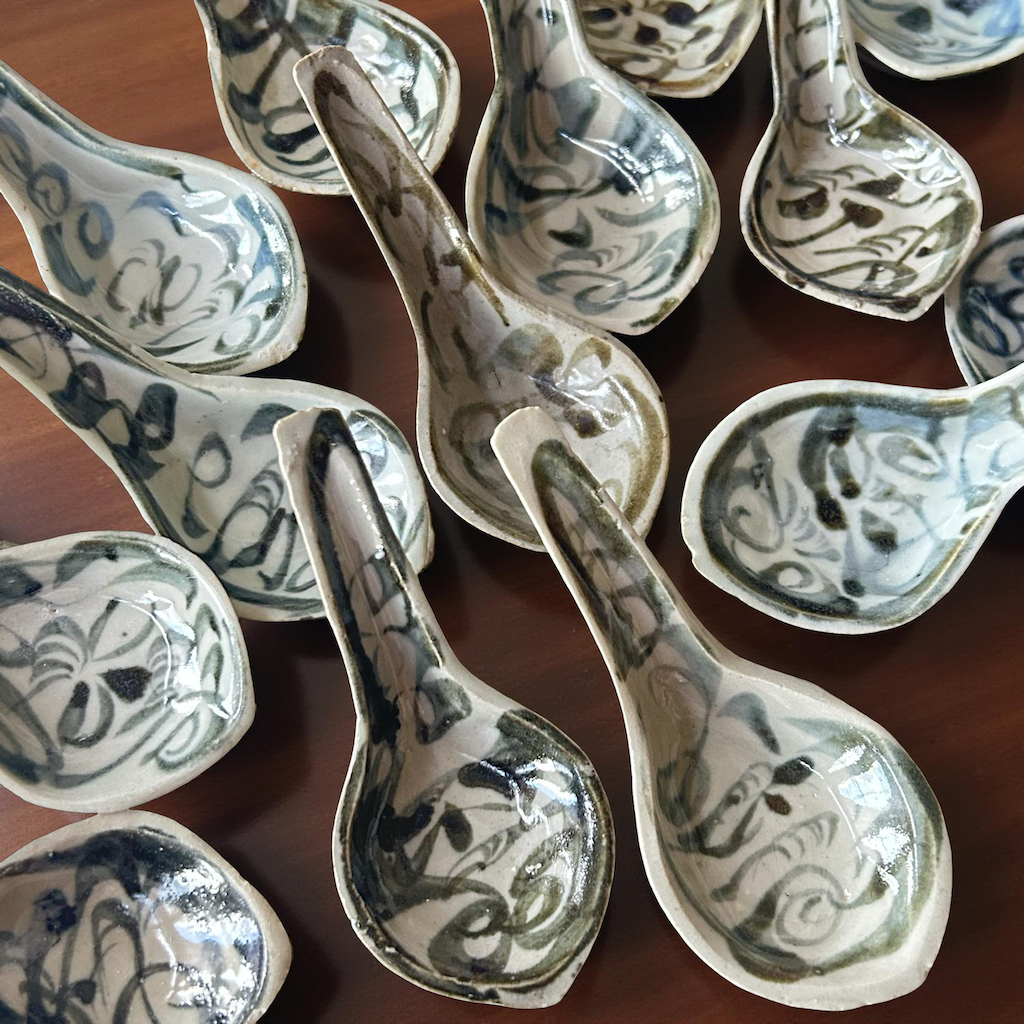
Width: 4.8cm
Height: 12cm
Weight: 22.8g
Code: M/Epo
Shipping: $25 (Domestic shipping within USA only. Enquire for international shipping.)
Ching dynasty ceramic spoons.
21 export ware ceramic spoons. Late Ching dynasty period1644-1912

